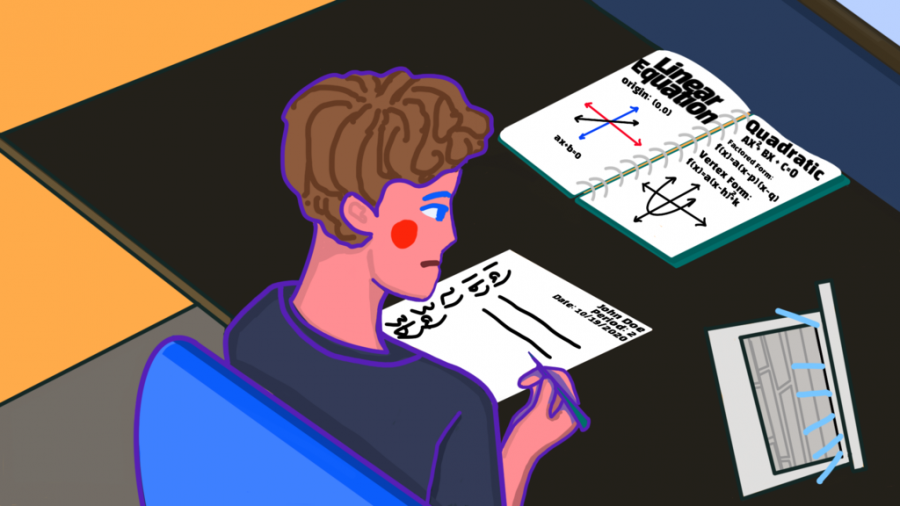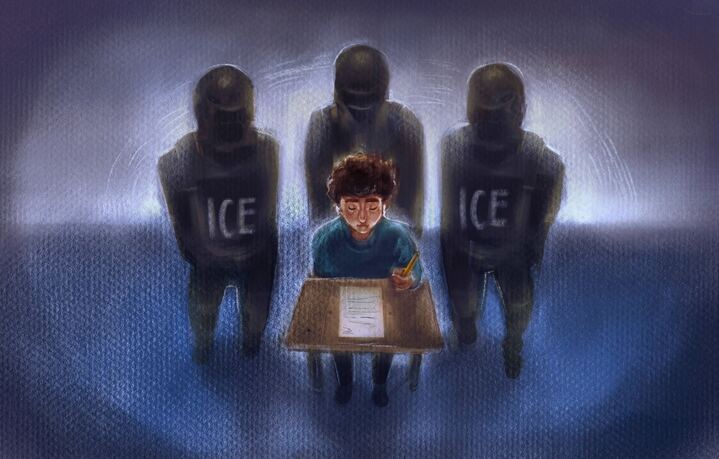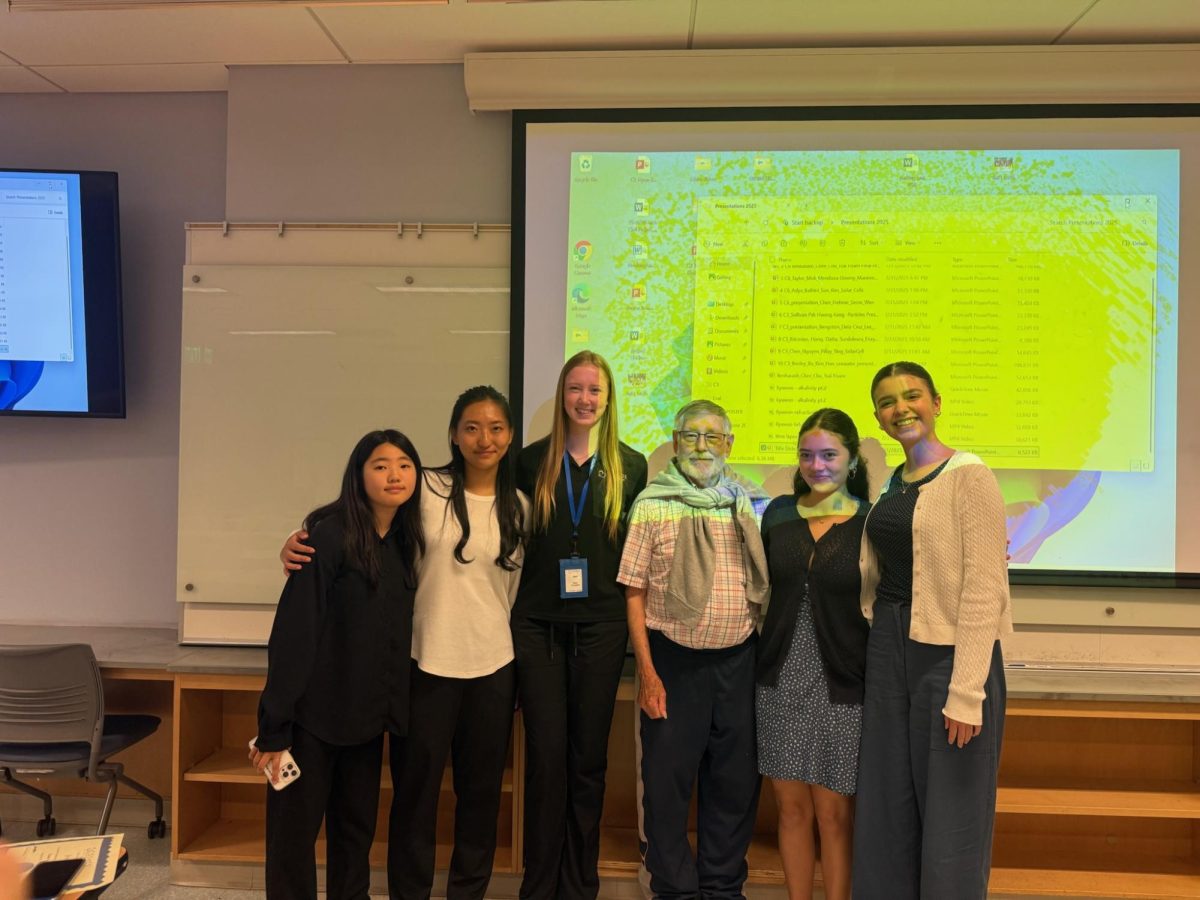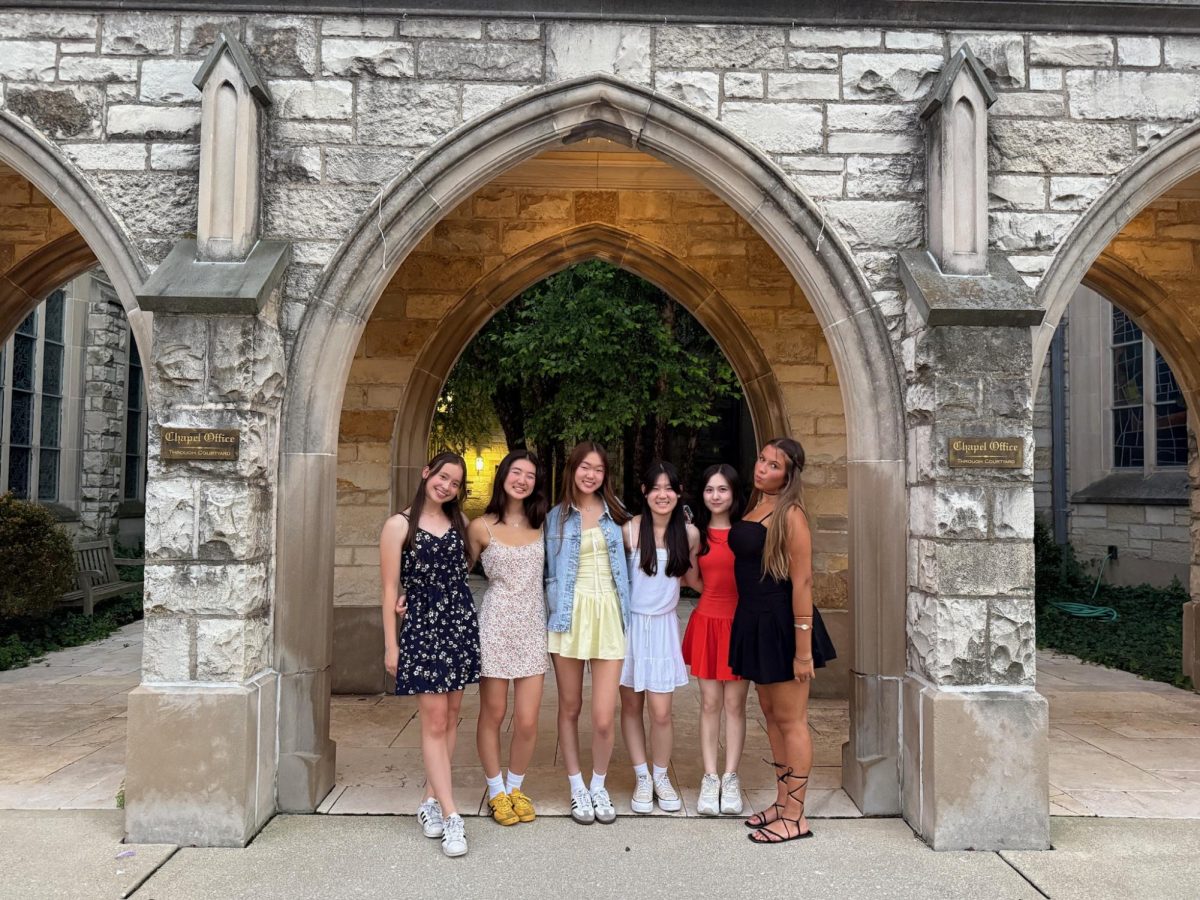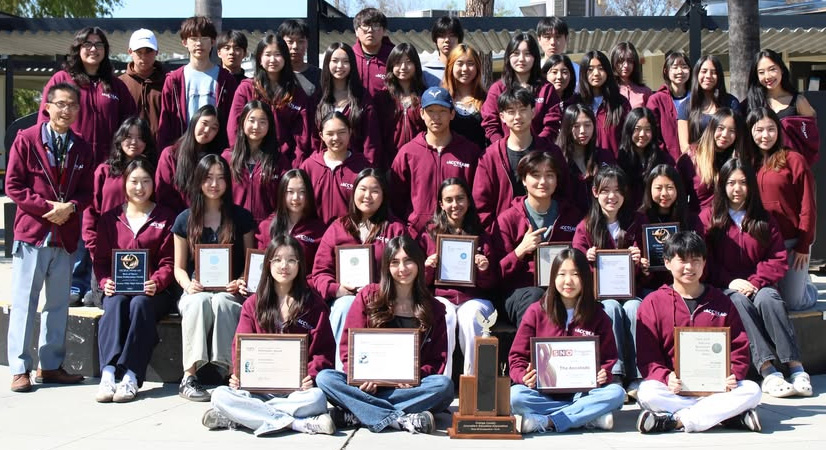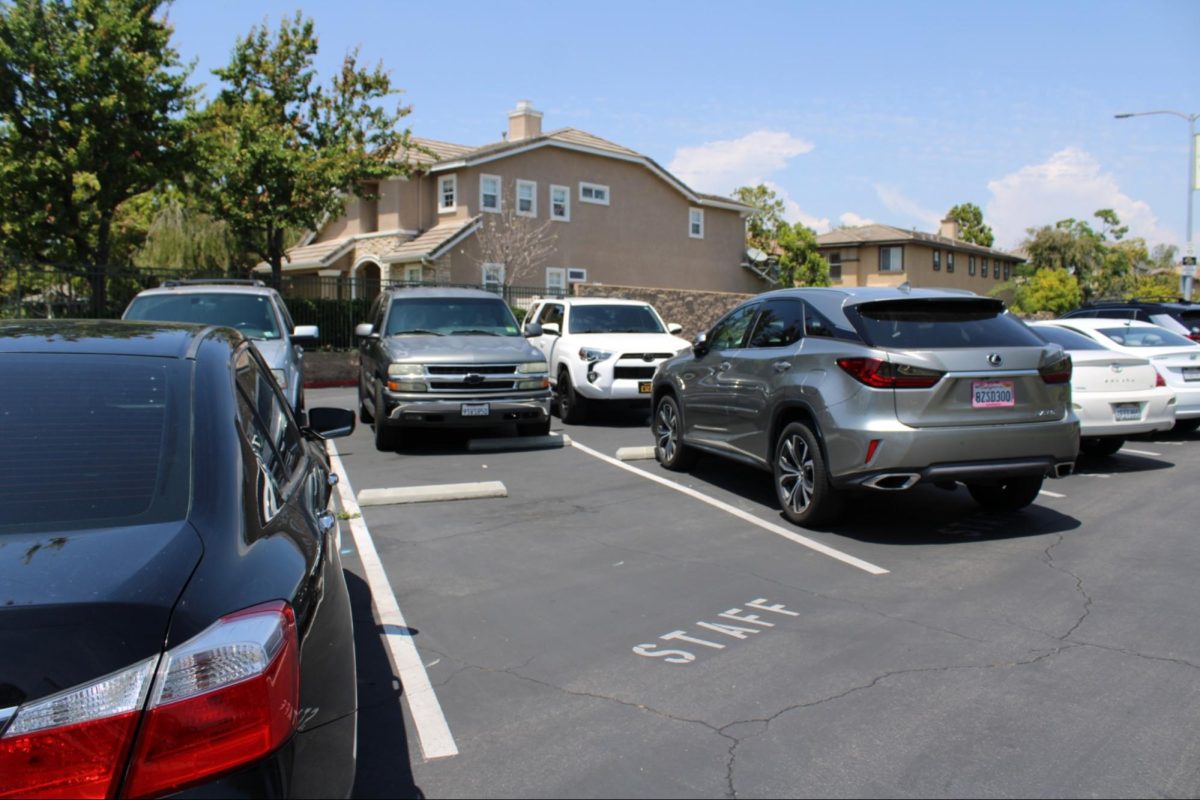In an effort two months ago to convince the Fullerton Joint Union High School District [FJUHSD] trustees to reopen schools for the first time in 2021, sophomore Natania Spradley wasn’t afraid to address the elephant in the virtual room: rampant academic dishonesty when students are learning from the comfort of their home.
“Despite many of my teachers’ vigorous efforts to combat this, it is unpreventable at a scale that undermines so much of the strong academic reputation of Sunny Hills and all of our Fullerton schools,” Spradley told the board during its public comments portion of its Jan. 12 meeting. “I’ve heard multiple times students casually sharing how they work around rules, joining FaceTime calls to share answers during tests, holding a phone just out of a teacher’s view, etc. I know that students will always cheat, but remote learning is a uniquely enabling environment.”
The good news for those cheaters out there who Spradley was referring to is that they shouldn’t fear changing up their strategy or getting caught since the trustees didn’t establish a committee to look into Spradley’s concerns. Their silence on the matter perhaps signals the waving of the white flag since school board members know teachers are limited when it comes to cheat-proofing their exams.
And although the FJUHSD has reopened campuses since mid-February, 75.5% of SH students still prefer to learn from home as of the week of April 12, administrators said.
Some choose Cohort C because of health concerns during the pandemic, while others have gotten used to the comfort of learning in their bedroom. However, a group of students see it as an opportunity to take assessments dishonestly. Of course, these students will not blatantly say they don’t want to come back to school because it’ll ruin their chances of getting higher scores on exams through cheating — either by finding subversive ways to communicate with classmates or accessing answers through Google searches without teachers finding out or getting suspicious.
That also obviously doesn’t help resolve the academic dishonesty issue Spradley brought up.
So as we have a little over a month left of the spring semester, teachers should heed the following ideas from other educational experts or their peers on campus when considering what to do for final exam week come the last week of May.
GET RID OF ALL QUIZZES, TESTS OR FINAL EXAMS
This would be the easiest way to defeat the cheating syndrome. That’s exactly what Acosta Rodolfo, a professor of educational leadership at California State University, Fullerton, recommended.
“Tests should go out the window this year, and instead it would be better for students to create portfolios just like for any graduate program,” Rodolfo said in an interview with an Accolade reporter working on a March 13 article about how teachers have been handling distance learning.
Though we are not enrolled in a college graduate program, Rodolfo’s idea is the most feasible. Students would be less likely to copy their peers’ work if they have to complete written assignments that also need to be turned in to a database like Turnitin.com.
English 1 Honors teacher Jennifer Kim also adopted this practice when the 2020-2021 school year opened with distance learning last August. Some might argue that never testing what students know or don’t know could lead to less prepared students when school returns to normal and exams will most likely be given again.
However, teachers could have more interactive activities in class to test their students rather than assessments. For example, calling on students randomly and asking questions related to the learning material will force kids to stay attentive to see if they truly understand the course. Through this method, teachers will know if students need help on specific topics without having to go through the pain of implementing anti-cheat methods.
GIVE OPEN-NOTES/OPEN-GOOGLE ASSIGNMENTS
Bear in mind what Spradley said about academic dishonesty: “I know that students will always cheat.” If that’s true, then let students use whatever they can find to help them complete their quiz, test or final exam.
Another benefit with this approach is it will most likely reduce the amount of stress students face when taking an exam in the traditional method.
Several studies have proven that stress has a detrimental effect on students in high school. According to a March 13, 2014, Washington Post online article, “43 percent [of 4,317 California high schoolers] listed tests as a primary stressor.”
That could be eliminated through online open-note tests; students can study general concepts knowing that they can use their written tidbits on the test instead of losing sleep focusing on the specifics. Meticulous students can add more information in their notes, providing a reliable source of details that they can look back on during the assessment.
Math teachers Nicole Knutson and Mariam Tan as well as science instructor Andrew Colomac have switched to this method of evaluation of what their students know or don’t know. Some might say that a test ranging from open notes to open Google Forms would be too easy and not challenging enough for test-takers, especially if a majority, if not all, of the answers can be found on their “notes” instead of in their minds.
But what some like Tan have done is either expand the number of questions given for each 48-minute class period or limit the amount of time students have to complete the assignment. For her Pre-Calculus Honors class, Tan fits roughly 20-30 questions into a test now, compared to her usual 15-20 questions. Students probably cannot rely solely on their notes for every single question but instead must understand the material to show mastery on the exam.
The College Board also approved of this option when it offered for the first time an online, condensed version of its Advanced Placement [AP] exams last school year. AP exams were administered as 45-minute, web-based, open-note free response assessments. Usually, College Board gives two hours for students to take the tests in secure locations where not even smartphones and smart watches are allowed.
Because of the time constraint, students weren’t able to search much up online. The College Board created several versions of the free response exams to eliminate any possibility of cheating. The testing service also used a plagiarism-detection software to review each exam and then sent the responses to teachers for further review if instructors choose to do so.
ALLOW STUDENTS TO TAKE TESTS IN GROUPS
The premise of this approach comes from the old adage, “If you can’t beat them, join them.”
Group quizzes have many benefits not only for the teacher, but for the students, too. Since tests will be taken by a group of students, this de-incentivizes cheating as students can ask their classmates for help. Not only that, but students are often more comfortable with asking each other for assistance rather than the teacher.
Realizing all these benefits, Tan has utilized group quizzes to assess her math students. Groups of four students are put into breakout rooms in the Zoom platform, where they are encouraged to help each other with any questions any member of the group may have.
There does exist the possibility of some members of certain groups doing more work than others, but in the process, these students can teach the material. To prevent one student from doing all the work, teachers can visit breakout rooms at various times to check up on each group.
Once the COVID-19 pandemic concludes, and schools reopen for all students to physically attend, teachers will have the option of using online testing methods or reverting back to paper assessments. But with all the efforts teachers have made throughout the school year to prevent cheating, online testing is more than reliable enough to properly assess students.
For the students focused more on finding loopholes to assessments than learning, they only cheat themselves out of a high school education.



